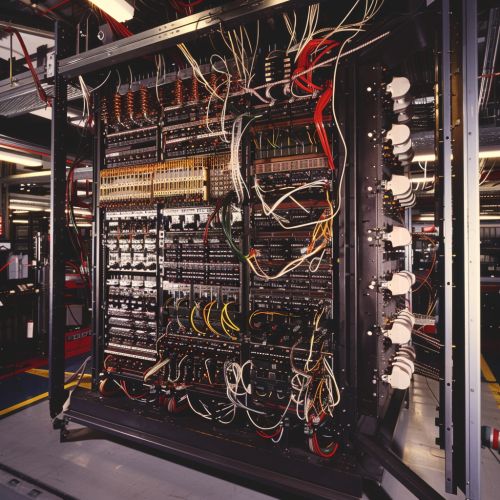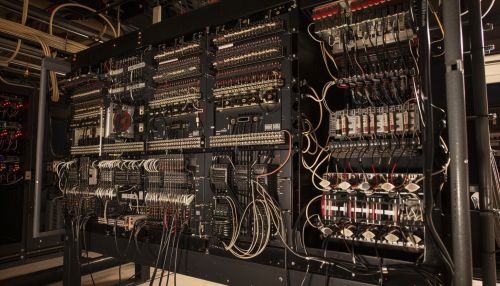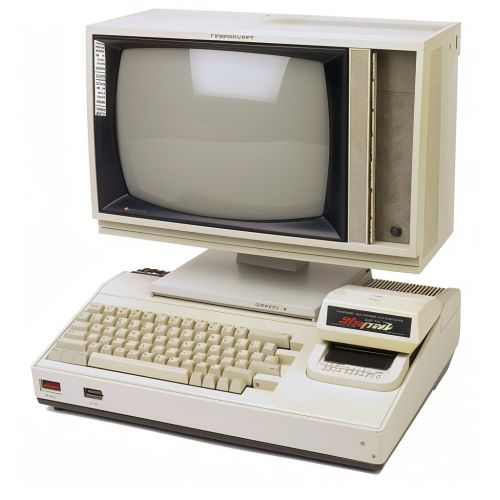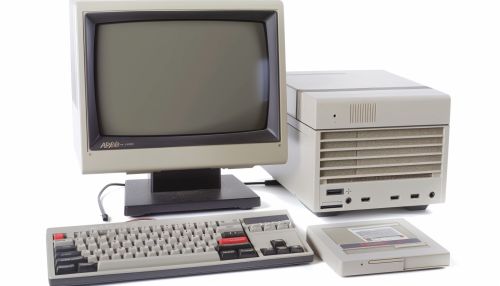History of computing hardware
Early Mechanical Devices
In the history of computing hardware, the earliest devices for aiding computation were purely mechanical and did not use any electrical components. The abacus, which emerged in Asia around 3000 BC, can be considered the first known mechanical computing device. The abacus was used for centuries, and still is in some parts of the world, for basic arithmetic.


The Antikythera mechanism, discovered in the early 20th century, is another early computing device. Dating back to ancient Greece, this complex system of gears and dials was used to predict astronomical positions and eclipses.
Analog Computers
The development of analog computers marked a significant step in the evolution of computing hardware. These devices used continuous physical phenomena, such as electrical, mechanical, or hydraulic quantities, to model the problem being solved. In the 19th century, the difference engine and the analytical engine, both designed by Charles Babbage, were notable examples of early analog computers.
Electromechanical Computers
The transition from mechanical to electromechanical computing began in the late 19th and early 20th centuries. These machines combined electrical components with mechanical systems to perform calculations. The Tabulating Machine Company, founded by Herman Hollerith, was a pioneer in this field, developing machines that used punched cards to process statistical information.
Electronic Computers
The advent of electronic computers marked a major leap in computing hardware. These machines used electronic circuits and components to perform calculations, vastly increasing their speed and efficiency. The Atanasoff–Berry Computer (ABC), built by John Vincent Atanasoff and Clifford Berry at Iowa State University during 1937–42, is considered the first electronic digital computer.


The Electronic Numerical Integrator and Computer (ENIAC), completed in 1945, was another significant development. This machine, designed and built at the University of Pennsylvania, was capable of solving a large class of numerical problems through reprogramming.
Transistor Computers
The invention of the transistor in 1947 led to the development of the second generation of computers. Transistor computers were smaller, faster, more reliable, and more energy-efficient than their vacuum-tube predecessors. The first fully transistorized computer was the IBM 608, released in 1957.
Integrated Circuit Computers
The integrated circuit (IC), or microchip, was another major advancement in computing hardware. ICs allowed for the miniaturization of electronic components, leading to the development of small, powerful computers. The first IC-based computer was the IBM System/360, launched in 1964.
Microprocessor Computers
The invention of the microprocessor, a single chip that could do the work of a room-size computer, marked the beginning of the fourth generation of computers. The Intel 4004, released in 1971, was the world's first commercially available microprocessor.
Personal Computers
The development of the personal computer (PC) revolutionized computing, making it accessible to the general public. The Apple II, released in 1977, and the IBM Personal Computer, released in 1981, were among the first widely successful PCs.


Modern Computing
Today, computing hardware encompasses a wide range of devices, from supercomputers and servers to smartphones and wearable devices. The ongoing miniaturization of electronic components, along with advances in software and networking technologies, continues to drive the evolution of computing hardware.
